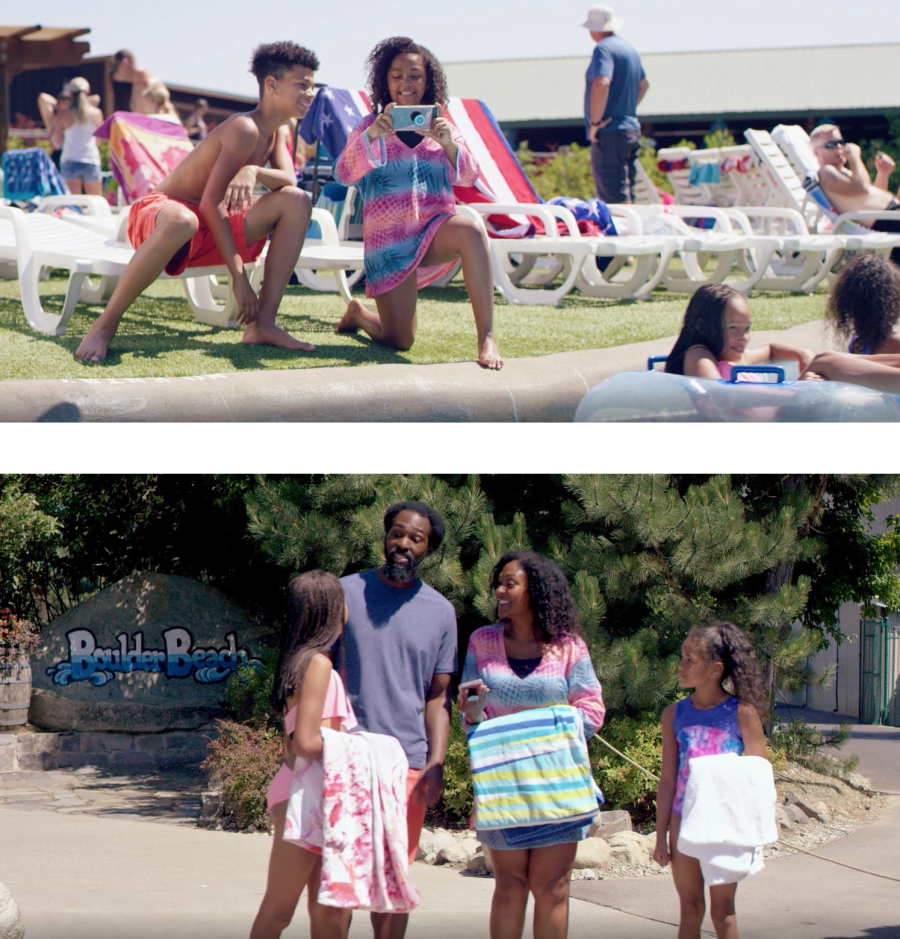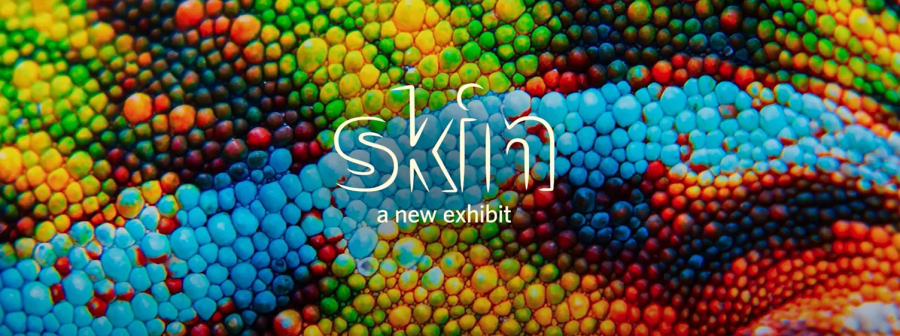Recipes for Marketing Success

When it comes to promoting an attraction, marketers have more options than ever. The best campaigns tend to begin with research, which helps formulate the right message and form of outreach. With so many people online today, effective campaigns rely heavily on a digital marketing strategy, but traditional channels and outreach are still important. Funworld interviewed a number of IAAPA Brass Ring award winners to find out their “recipes” for marketing success.
Know Your Market
Understanding a target market means knowing who really makes purchasing decisions, what compels them to pick a particular destination, and how to reach them. Getting this insight certainly paid off for Silverwood Theme Park in Athol, Idaho, which won a 2019 IAAPA Brass Ring Award for best TV or digital video commercial.
The park’s regular surveys revealed that moms are the primary trip planners who have an overarching goal to create lasting family memories. Equipped with this information, the park’s longtime freelance copywriter and creative consultant, Spokane, Washington-based Mark White, presented the park with a “Be a Kid with Your Kid” concept for a series of commercials, each featuring two or more kids having the time of their lives at the park.
In a clever twist, the ending of each commercial reveals one of the “kids” wasn’t a child, but actually a dad, mom, or grandparent.
“The ads really hit on the desire of parents to connect with their kids and their own inner child,” says Jordan Carter, Silverwood Theme Park marketing director.
Striking those chords translated into a significant attendance boost for the park, including ticket increases of 16.5%, 17.4%, and 24.6% in the respective Seattle, Washington; Portland, Oregon; and Calgary, Canada, markets.
Another IAAPA Brass Ring Award winner for best TV or digital commercial, the California Academy of Sciences, conducted focus groups among different visitor audiences to identify the right creative messaging for its “Skin” exhibit. Developed in partnership with Ron Foth Advertising, the campaign explored the diversity of skin in different animal species and humans.
The challenge: finding a common thread to explain the exhibit in a way that would appeal to local and out-of-town visitors who may visit the science center with or without children.
“We learned from testing that posing questions in our ads is a fun and compelling way to hint at everything our visitors will learn in the exhibit,” explains Tiffany Zarem, marketing director at the California Academy of Sciences. “Even adults who don’t have young children in their household can connect to a childlike sense of wonder and curiosity, the joy of discovering something new, or the innocence of asking a question that adults may not feel comfortable asking.”
The exhibit garnered visitor satisfaction ratings of 69%, compared to the average of 63%. Website and social media metrics also jumped. Within two months, page views increased by almost 28%, along with 130,000 landing page visits. Social media reach—paid and unpaid—on Facebook, Twitter, and Instagram topped around 490,000 with about 250,000 engagements.
Mix Up Your Online Outreach
Just like with TV and radio, a shotgun approach to online marketing may not be the most effective. Take it from the brand launch gurus at Lift Marketing, who generated tons of advance buzz for “Dino Roar Valley”—a 30-minute tour of 20 lifelike dinosaurs located in Lake George Expedition Park—through targeted digital marketing (among other media). This included streaming audio, for which they won an IAAPA Brass Ring Award.
“We do everything associated with a brand launch in-house, so we know which channels our target markets use,” explains Lift Marketing CEO Abby Endres. “For example, younger moms are streaming content on Pandora and Spotify. And all moms want to hear from other moms, including influencers and bloggers.”
In addition to producing audio ads, the agency worked with a local paleontologist to produce signage and wayfinding in the park. This educational theme was also deployed online. Regional family blogs and the press highlighted the workshops and interactive learning features. Postlaunch, the attraction’s Facebook page featured young guests as “junior paleontologists.”

For social media campaigns, video is almost always required. Here, too, variety is important.
“Delivering great, engaging video on social platforms is now an expectation of our guests, so we have to keep pace and make sure we include long-form, various short-forms, Instagram and Facebook stories, and more,” notes Brett Domeny, director of marketing and advertising for Silver Dollar City Attractions.
The company is another IAAPA Brass Ring Award winner, nabbing a win for its “You Can’t Do This at Home” social media campaign. Domeny shares the campaign included a wide array of video lengths, cuts, and edits to account for the different ways guests consume video on social media. Overall, the campaign generated record social media growth for Silver Dollar City in 2019, including new records in engagement and followers.
Traditional Media Outreach Remains Essential
Endres points out that courting the press remains a strategic component of brand activation.
“Press releases were especially important for milestone moments in the ‘Dino Roar’ launch, like groundbreaking, town committee approval, ticket availability, and, of course, for official opening days,” she says.
As for which kinds of press to target, it depends on the region. Because Lake George is a smaller area in New York, the agency didn’t target large metro media. But the park successfully wooed tour and travel media and regional media that extensively covered the launch. An additional tip from Endres: include family members of media and influential leaders on opening day tours. The press loves to catch a child’s reaction to convey the wow factor.
Ultimately, a marketing campaign that includes traditional and digital components is likely to be more successful than a campaign that focuses exclusively on one or the other.
“It takes a while for people to see things before they act. We’re a multiscreen generation, watching TV with our phones right next to us. You want to be sure that when someone sees a commercial on TV, they can also get information on their phone or laptop,” concludes Carter.
Stephanie Janard is a longtime contributor to Funworld. She can be reached at [email protected].
